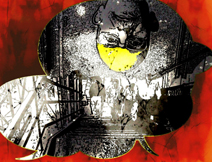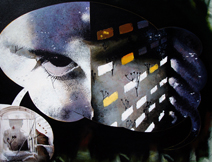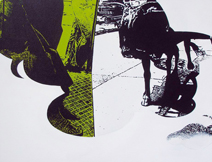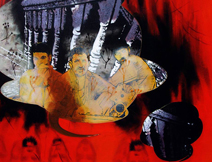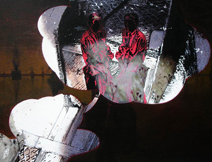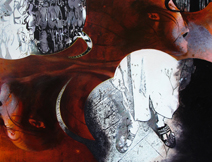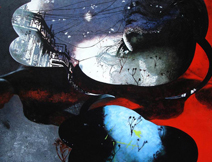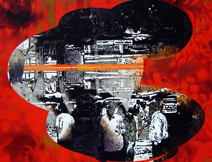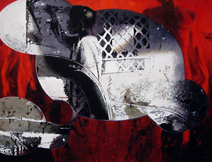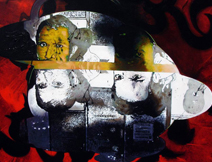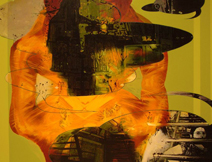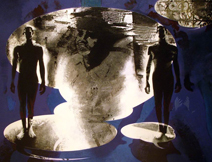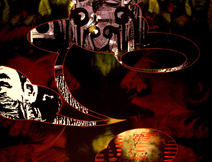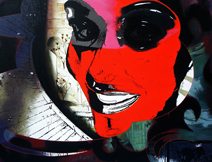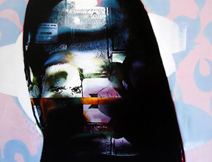Trauma
People in the metro cities are found to be in various stages of mind at any particular time instant. Though one would not notice much of facial expressions, yet the expressive mind inside keeps trying to differentiate between the seen and unseen, certainty and uncertainty.
br>
The visible things are always quantifiable but if you look deep into the concealed mind, you will always find a diverse situation than what you imagined. There are sorrows behind gleefulness same as there is death behind the lives.
Life is the constant sorrow cycle consuming our happiness until every last blood droplet departs from our wrists and hence the scars show the passageway to true happiness. So what makes human mind so unique? The question is still unanswered. These stages of mind make one feel a trauma and most of the society goes through such a trauma. But there are a few common aspects, like a real or subjective threat to one's life or to that of loved ones, to bodily integrity, or sanity. There is frequently a violation of the person's familiar ideas about the world and of their human rights, putting the person in a state of extreme confusion & insecurity.
When you are deep in your thoughts, you are bound to memorise the past which is an immortal part of your life; the stages through which you travel, the backwashes which you overcome make you remember the unfolded wounds on your mind. They are always there to make you feel the best of yourself. As far as olden India is concerned, we are always bound to traditional values. Wiping out the values never takes us anywhere but it gives a movement to the modernized trauma which are seen now a day in every citizen's mind.
The cultural trauma is treated as a link in the ongoing chain of social changes; depending on the number of concrete circumstances, cultural trauma may be a phase in the constructive morphogenesis of culture or in the destructive cycle of cultural decay.
Each culture has its forms which express a distinct perception of reality as well as the divine. These forms are more than simply images, but embody a certain experience of something timeless and beyond form.
In traditional cultures music, art and spirituality are intertwined, they all emanate from the same heart of spiritual experience. This heart is trained within the living tradition of that culture and hence is expressed from within an experience of that tradition.
Above all this, the modern art quite often offers an insight into the positive and negative manipulation of viewer perception.
The entire strategy of interaction with the viewer is based on expectation of an effective response reaction to matters of the higher ontological meaning of life. A reaction no doubt alien to post-modernist discourse, with its concentration on itself and questions of language. But of the utmost importance if what we are talking about is the outmoded yet eternal theme of the positive and ethical role of art.
Although the scale, visual aggressiveness and method of installation are similar to that of a monumental urban advertisement, its intense psychological tension - alien to the advertising genre - seems to detonate the laws of commercial propaganda from within.

